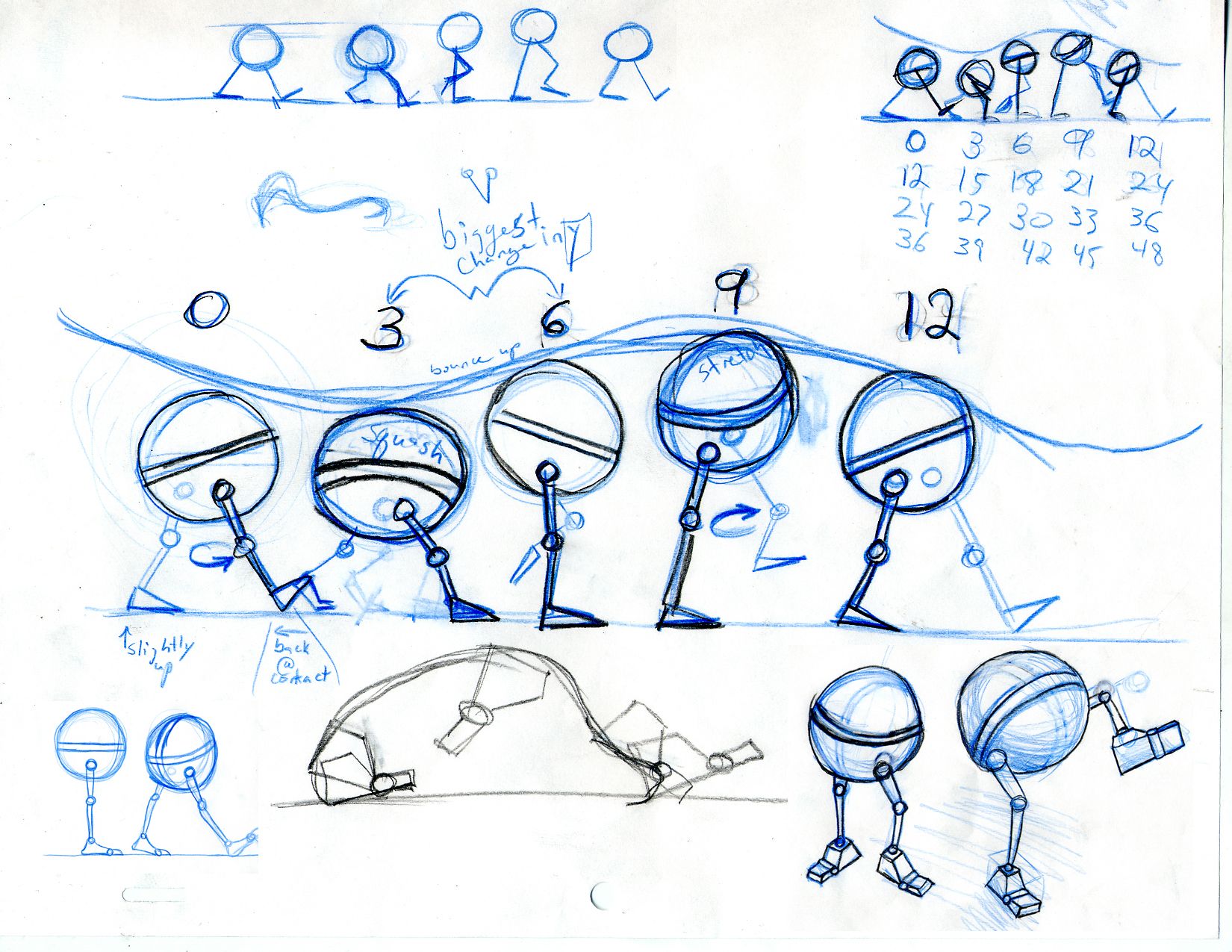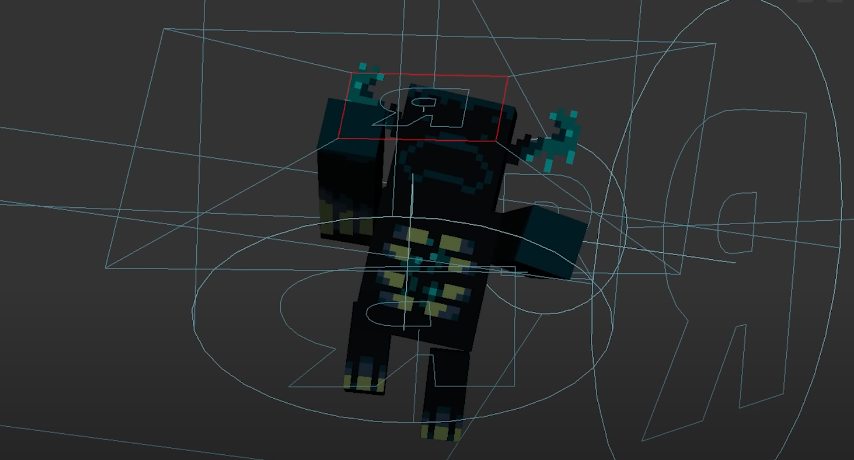ANIMATION
 |
Animation is a technique used to create the illusion of motion by displaying a series of still images, or frames, in rapid succession.
These images are often drawings, paintings, or computer-generated designs that change slightly from one frame to the next.
When played at a fast speed, typically 24 frames per second, they appear to move.
Animation is widely used in cartoons, movies, video games, and various digital media, offering a creative way to bring characters,
stories, and worlds to life through movement and visual storytelling.
|
1/ THE ORIGINS AND IMPORTANT ELEMENTS
The origins of animation can be traced back centuries, far beyond the technological advancements of the 20th century.
Early forms existed in cave paintings, where sequences of images depicted movement, albeit statically.
The zoetrope, a 19th-century spinning cylinder displaying a sequence of images to create the illusion of motion, represents a crucial step.
Then came the invention of the praxinoscope, offering a clearer, less flickering image.
These devices laid the groundwork for the cinematic animation we know today, paving the way for pioneers like Emile Cohl and Winsor McCay to develop techniques that brought characters and stories to life on screen.
The evolution from simple image sequences to complex, computer-generated imagery is a testament to human creativity and technological innovation.
|  |
 |
2/ THE ORIGINS AND IMPORTANT ELEMENTS
|  |
 |
3/ THE PRINCIPLES OF ANIMATION
The 12 principles of animation are a set of guidelines
developed by Disney animators to create more realistic and engaging animation.
They are not hard and fast rules, but rather a set of tools that animators can use
to bring their characters and stories to life. | |
| |
4/ EXAMPLES
Into the Spider-Verse (2018) - A groundbreaking film that combines various animation styles to create a vibrant, dynamic experience that redefines superhero storytelling. |  |
 | Adventure Time (2010-2018) - Known for its unique art style and whimsical storytelling, this series explores deep themes through colorful characters and imaginative landscapes. |
The Lion King (1994) - A classic Disney film that showcases breathtaking animation and emotional storytelling, bringing the African savanna to life with unforgettable characters. |  |
 | Toy Story (1995) - The first entirely computer-animated feature film, it revolutionized animation with its innovative technology and heartfelt narrative about friendship. |
Battle for Dream Island (2010-present) - A pioneering object show that features animated inanimate objects competing in challenges, showcasing creativity and humor in a unique format. |  |